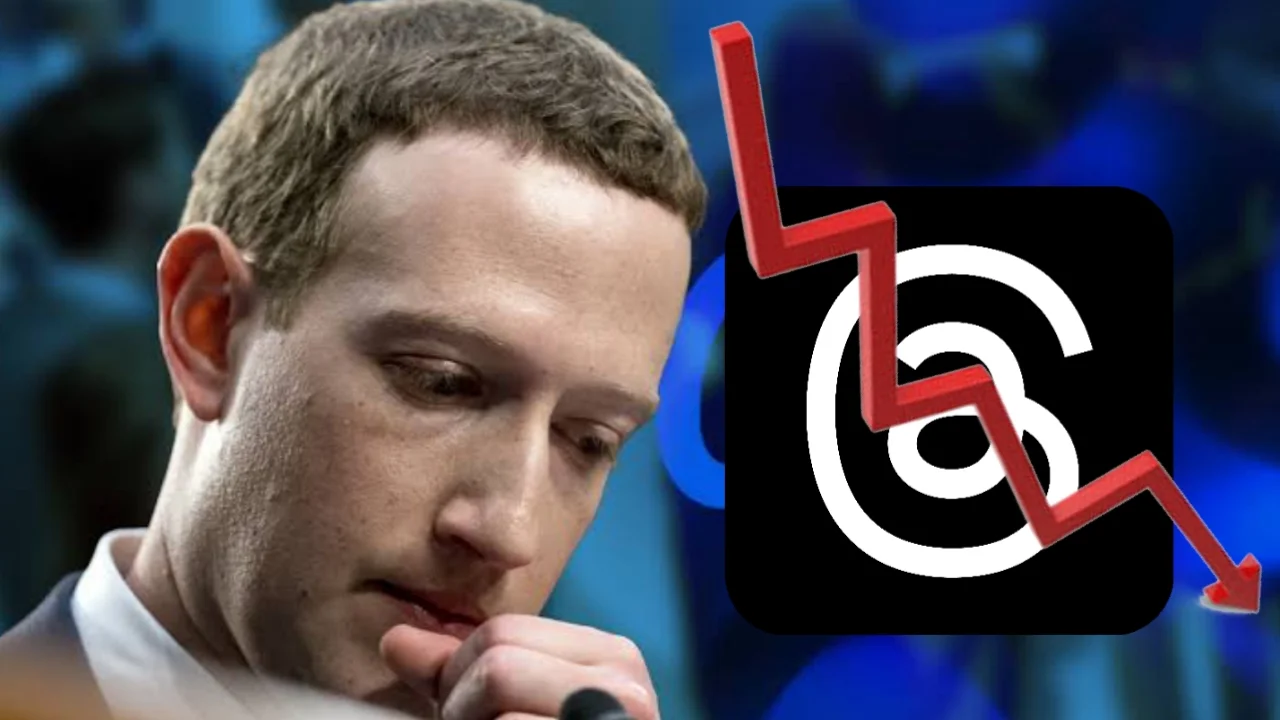The recent launch of Meta’s app ‘Threads’ generated a lot of buzz and excitement as it aimed to rival Twitter.
Within the first week, the app garnered an impressive 100 million sign-ups, showcasing its initial popularity.
However, as time went on, the hype surrounding Threads began to fade, and its user base saw a noticeable decline.
At its launch in early July, Threads boasted around 49 million daily active users.
This number, however, experienced a significant drop of almost half, reaching 23 million daily active users by the end of the second week.
Data analysts, such as SensorTower, have also observed a decline in user engagement after the initial week of usage.
Read Also: Apple unveils its most innovative product of the current times, the VisionPro Headset
One of the contributing factors to the initial success of Threads was the active promotion it received from Instagram, which is owned by Meta.
Threads allowed users to conveniently utilize their existing Instagram account credentials, eliminating the need for creating a new account. This integration likely played a role in attracting users to try out the app.
However, the similarities between Threads and Twitter end at the basic functionalities of creating, reposting (retweeting), and liking content.
In a clarification by Instagram CEO Adam Mosseri, it was made clear that Threads would not prioritize news content.
This sets Threads apart from Twitter, which has built its reputation around providing live breaking news and real-time updates, making it the go-to platform for millions during important events, whether political or entertainment-related.
The absence of a real-time news ecosystem on Instagram could be one reason why Threads struggled to maintain its initial user base.
Read Also: The Meta Verified Subscription India Service Is Now Available For ₹599-699 Per Month
While Instagram excels at visual storytelling and sharing personal moments, it lacks the comprehensive news coverage and up-to-the-minute information that Twitter provides.
Furthermore, Threads limit user interactions to their existing network, requiring them to start following others from scratch.
This aspect poses a challenge when it comes to sharing thread posts with a wider audience, such as family members who may not already be part of their network.
This limitation hampers the app’s potential for organic growth and engagement.
Another significant difference between Threads and Twitter is the issue of anonymity.
Twitter allows users to operate anonymously, encouraging a culture where individuals can freely express their thoughts without the need for personal identification.
In contrast, Threads is directly integrated with Instagram, a platform that emphasizes personal profiles and connections.
As a result, Threads does not offer the option for anonymous usage.
This omission excludes a substantial portion of potential daily active users who prefer to remain anonymous, hindering the app’s reach and user base.
In conclusion, while Threads initially generated immense interest and achieved a substantial number of sign-ups, its popularity has been on the decline.
Factors such as the absence of a real-time news ecosystem, limitations in user interactions, and the lack of anonymity options have contributed to the waning enthusiasm surrounding the app.
It remains to be seen whether Threads will be able to address these issues and regain its momentum in the highly competitive social media landscape.



